2-way solenoid valves are available in a wide variety. They are electromechanically actuated, having two ports (inlet and outlet) and two switching planes (open or closed). They are generally normally closed so that they will close if there is a power outage and are used to start and stop gas or liquid flow. 2-way solenoid valves can be used for various tasks, such as isolation and shut-off, release, distribution, dosing, and mixing. Read More…
Solenoid Solutions manufacturers custom direct-acting 2 and 3-way solenoid valves and multi-valve manifolds for OEMs in the medical, appliance, transportation, power generation and industrial equipment markets.

Our solenoid valves are all tested in house following very strict quality guidelines. We opened our doors in 1936 and ever since then we have been committed to bringing top of the line products and customer service that cannot be beat!
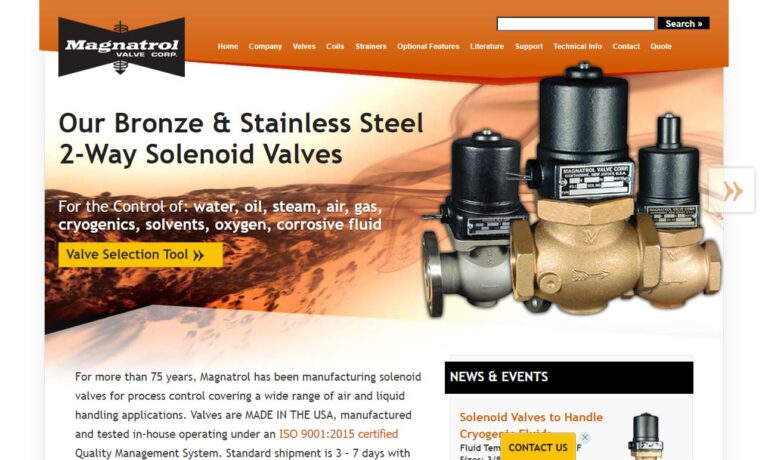
At Plast-O-Matic Valves, we are dedicated to designing and manufacturing high-performance fluid control solutions, with solenoid valves as a core part of our expertise. We take pride in engineering these valves with precision and reliability, ensuring they deliver consistent performance in demanding applications across a wide range of industries.

At Brandstrom Instruments, we are dedicated to delivering reliable and innovative solutions in fluid control, specializing in the design and manufacturing of high-quality solenoid valves. With decades of experience in engineering precision components, we take pride in offering products that meet the strict demands of industries requiring accurate flow regulation, durability, and efficiency.

We are proud to be DEMA® Engineering Company, a trusted name in fluid control and dispensing solutions. With decades of expertise, we design and manufacture high-quality solenoid valves that deliver reliable performance in a wide range of industrial and commercial applications.

At Aquatrol, we take pride in being a trusted manufacturer of high-quality solenoid valves designed for dependable performance across a wide range of industries. With decades of hands-on expertise, we have built a reputation for precision engineering, innovative solutions, and a commitment to excellence that ensures every product we deliver meets the highest standards.

More 2 Way Solenoid Valve Manufacturers

How a 2-Way Solenoid Valve Works
The flow of liquid or gas can be controlled with solenoid valves. Medical equipment has these valves built into it so it can be utilized effectively and safely. A solenoid valve opens or closes the valve using a plunger, enabling liquid to pass through or completely sealing it off without any leaks. This feature is a crucial step in the automation of fluid and gas control, and various solenoid valve types can do the same task in various ways. The normally closed solenoid valve is one tool for managing liquid or gas flow.
This valve functions in a manner comparable to other solenoid valves in that it either stops or starts the flow of the liquid, but it does it differently. The plunger is down in a usually closed solenoid valve when it is not energized, thereby sealing the valve and stopping the passage of liquid or gas. Once the normally closed solenoid valve has been powered on or energized, this opens the valve's seal and lets liquid or fluid flow through.
Types of Solenoid Valves
Directly Operated (Direct Acting) Solitary Valves
The most straightforward solenoid valves operate on a direct operated (direct acting) concept. A plunger with a rubber gasket on the bottom can block up the small aperture through which the medium flows. The plunger is held down to seal the valve by a little spring. First, a ferromagnetic substance is used to create the plunger. Next, a coil of electricity is wrapped around the plunger. A magnetic field is produced when the coil is electrically charged, pushing the plunger toward the coil's center. This process allows the medium to flow through by opening the aperture. A normally closed (NC) valve is what this is.
The converse is true with normally open (NO) valves, built differently so that the orifice is open even when the solenoid is not operated. The orifice will close after the solenoid is activated. The solenoid valve's orifice diameter and magnetic force are closely correlated with the maximum operating pressure and flow rate.

Indirectly Operated Solenoid Valves
Solenoid valves that are indirectly operated (also known as servo or pilot-operated) work by using the difference in pressure between the medium and the valve ports to open and close. These valves typically require a minimum pressure differential of approximately 0.5 bar. A diaphragm, or rubber membrane, separates the input and output.
A tiny hole in the membrane allows the medium to pass through and reach the higher compartment. The force and supporting spring above the membrane keep the valve closed. A narrow tube links the low-pressure port to the chamber above the membrane. A solenoid blocks this connection when it is in a closed state.
Semi-Directly Functioning Solenoid Valves
Solenoid valves that operate semi-directly combine the advantages of direct and indirect operation. Because of this, they can operate at zero bar while still being able to handle a high flow rate. They have a moveable membrane with tiny openings and pressure chambers on both sides, resembling indirect valves. However, the solenoid plunger's direct connection to the membrane marks a distinction. The membrane is directly lifted when the plunger is raised, opening the valve.
Direct Operated 3/2-Way Solenoid Valves
3/2-way solenoid valves with the direct operation have three ports and two switching states. However, only two ports are linked in each switching condition. This connection is because the valve flips states, and a new connection between the valve ports is made when the solenoid is activated. The medium can flow from the port on the right side to the top port when the device is de-energized. Likewise, the medium can go from the left port to the right port when it is activated. A 3/2-way valve that is generally closed is what this is.

2/2 Valves
These are electromechanically-actuated valves that regulate media flow between two ports using two (opened or closed) switching planes.
Symbols for Valves
The various switching states that the valve feature is described by its circuit function. Symbols are employed for a systematic representation. Two numbers are assigned to valves, such as a 2/2-way valve. The first number shows the number of connection ports. The quantity of switching states makes up the second number. A 2/2-way valve has two switching states and pipe connections (inlet and outlet) (open and closed).
The valve's state when de-energized is indicated by the designations normally closed (NC) or normally open (NO). Three ports and two switching states make up a 3/2-way valve. A different port is blocked in each switching state. It is possible to add more ports and switching states.
One square is drawn for each state of the valve. For example, a 2/2 valve, which has two possible states (open and closed), is symbolized by two neighboring squares. How a medium flows between the ports is displayed in each square. Arrows are used to denote which ports are connected and the direction of flow in this process. A "T" represents a closed port. A tiny actuator symbol is used on both sides to designate which square is active when the solenoid is electrically energized. To indicate that the left square is energized, a solenoid symbol is used on the left. For the resting state, a spring symbol is used on the right.
Applications of Solenoid Valves
Some businesses, like those in the medical and dental fields, require liquid or gas to execute a task. The equipment must be able to start and stop liquid or gas as necessary, regardless of the variations in the fields that use this sort of equipment. In this situation, solenoid valves are useful.
Advantages of Solenoid Valves
A solenoid valve's efficiency and safety features are some of its most important advantages. This valve can be used in a variety of applications. There are a variety of other advantages among solenoid valves, such as:
- Capable of remote operation and automation
- Includes inexpensive replaceable parts
- It can be used with both low and high temperatures.
- It can be installed horizontally or vertically.
- Matches various machinery parts and applications
- Low power consumption
Choosing the Proper 2-Way Solenoid Valve Manufacturer
To make sure you have the most beneficial outcome when purchasing 2-way solenoid valves from a 2-way solenoid valve manufacturer, it is important to compare at least 4 to 5 companies using our list of 2-way solenoid valve manufacturers. Each 2-way solenoid valve manufacturer has a business profile page that highlights their areas of experience and capabilities and a contact form to directly communicate with the manufacturer for more information or request a quote. Review each 2-way solenoid valve business website using our proprietary website previewer to get an idea of what each company specializes in, and then use our simple RFQ form to contact multiple 2-way solenoid valve businesses with the same form.







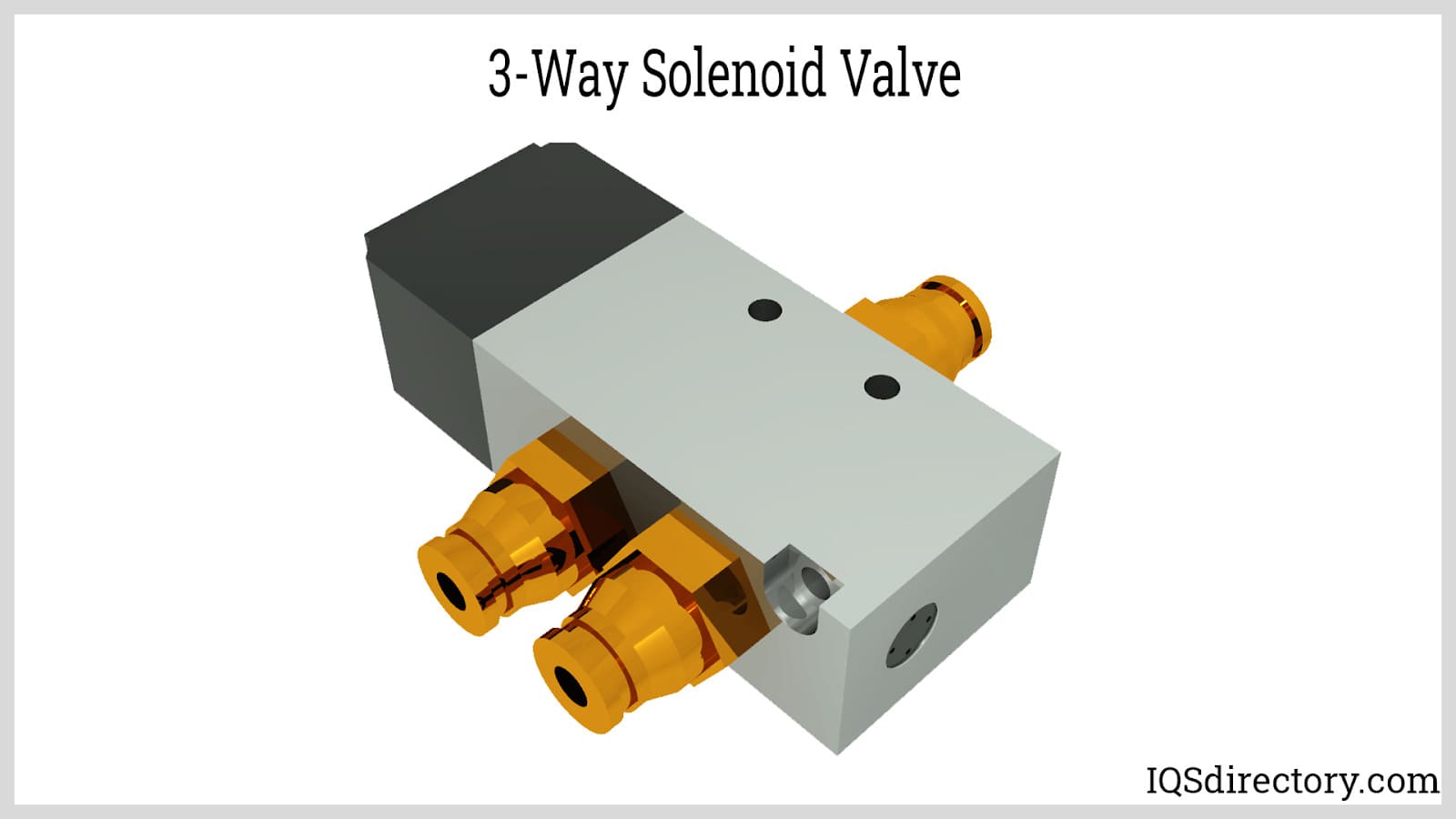
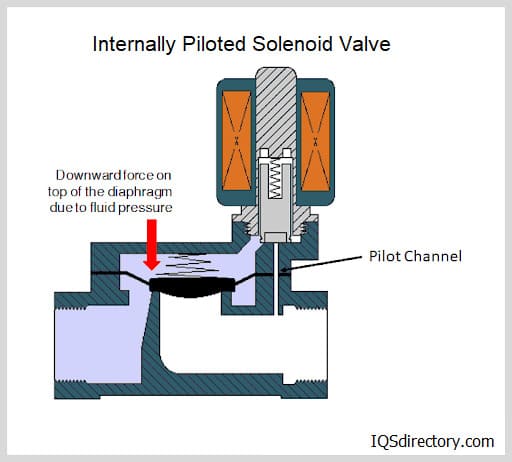
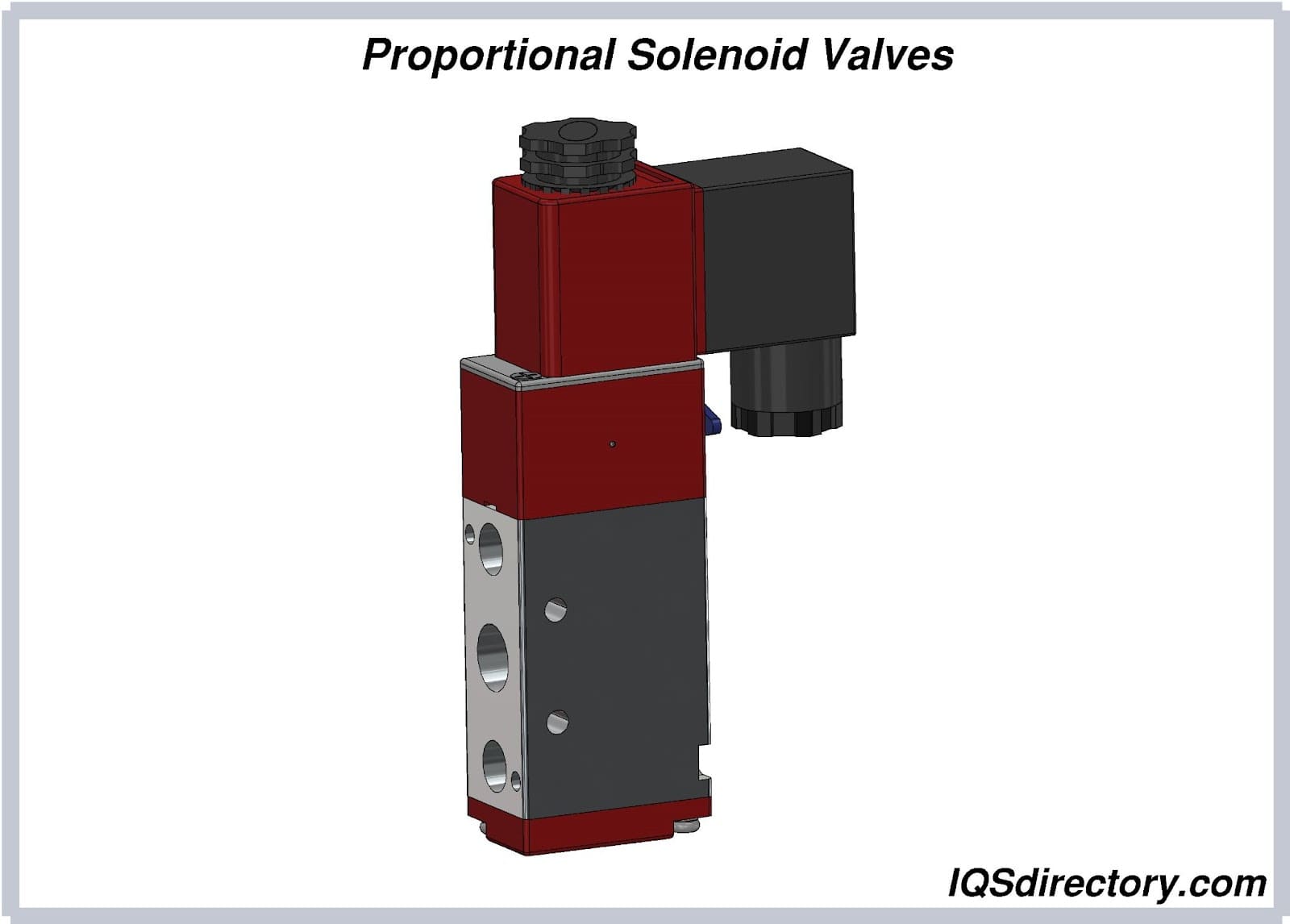
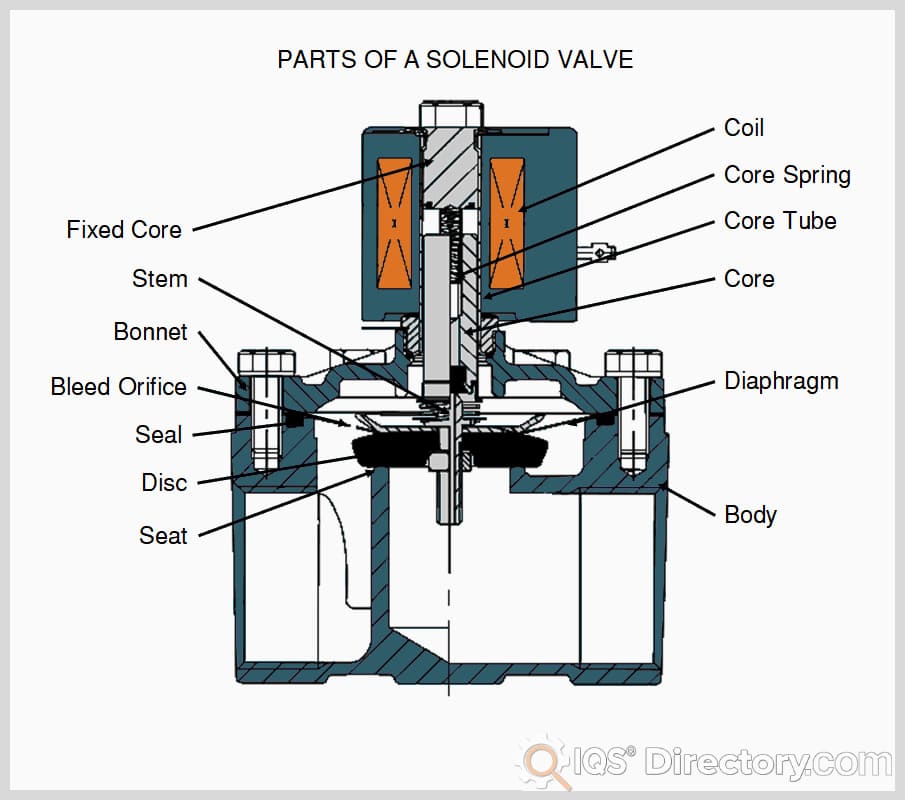
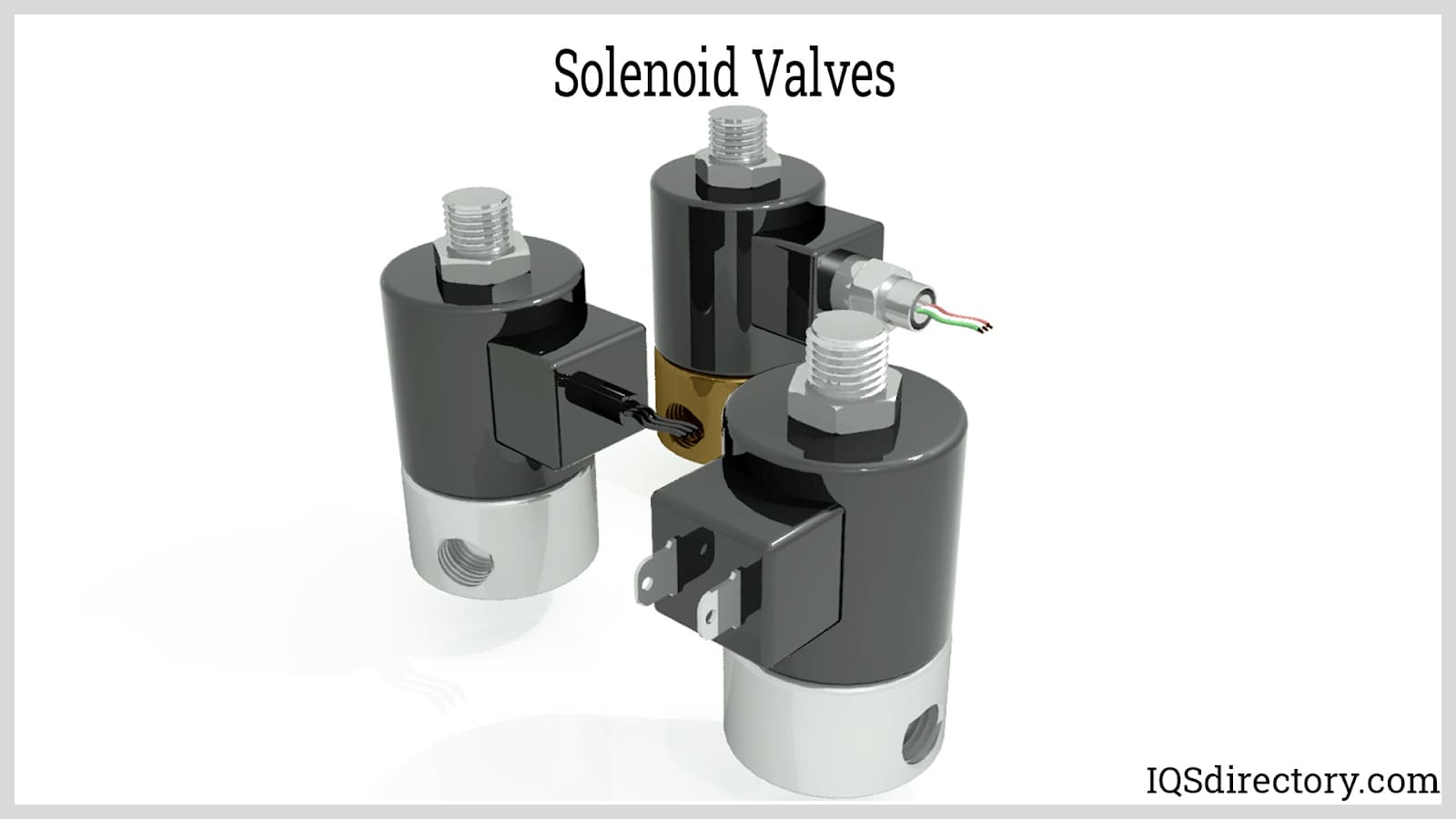
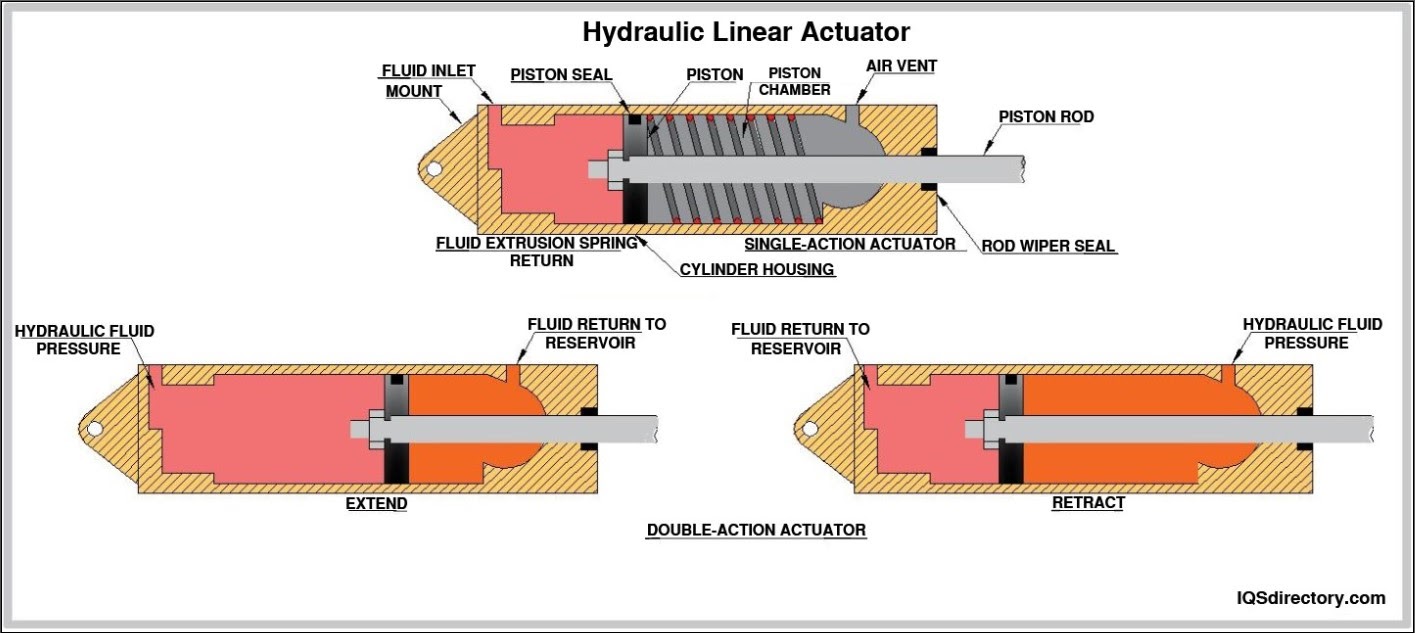
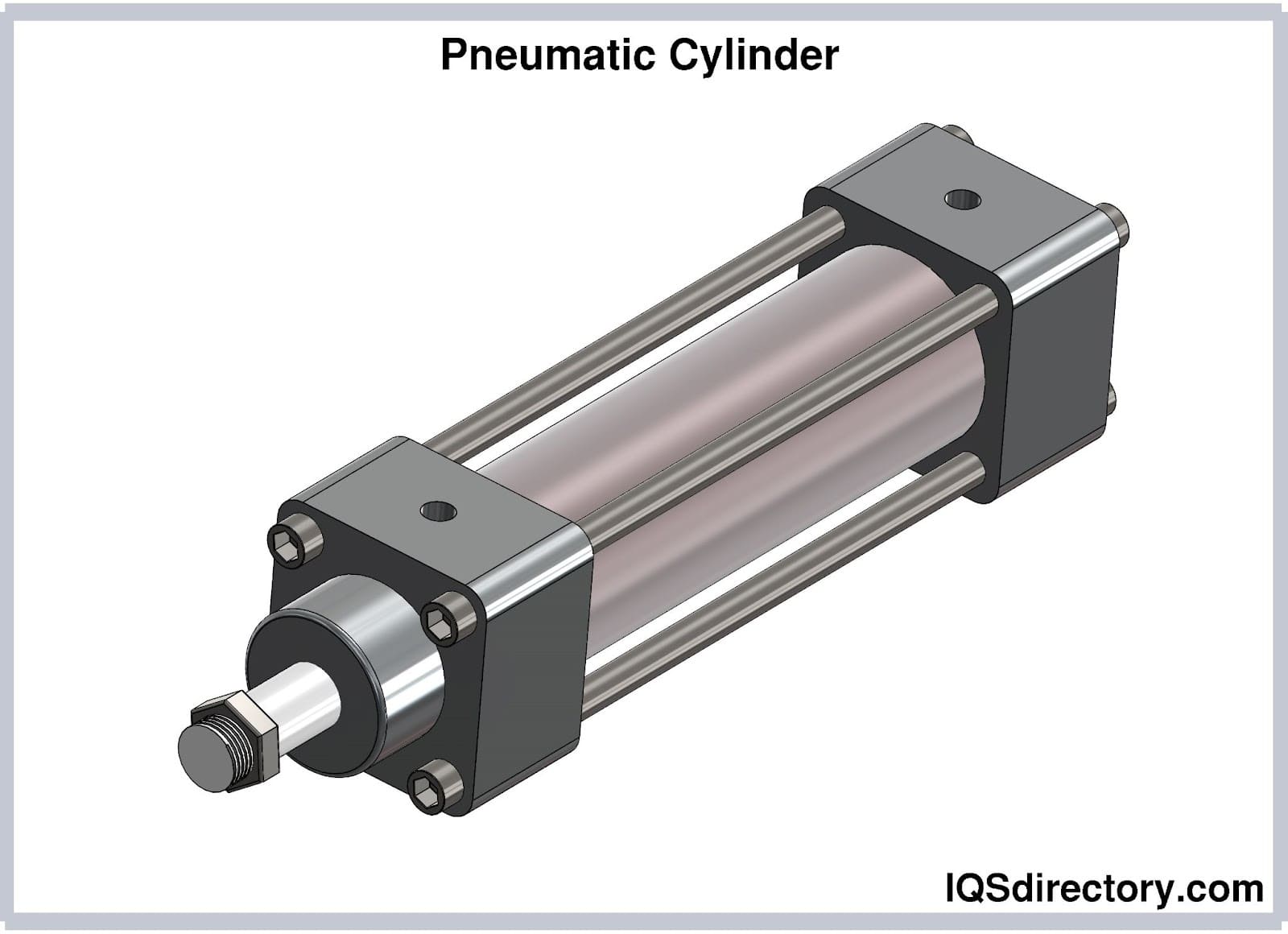
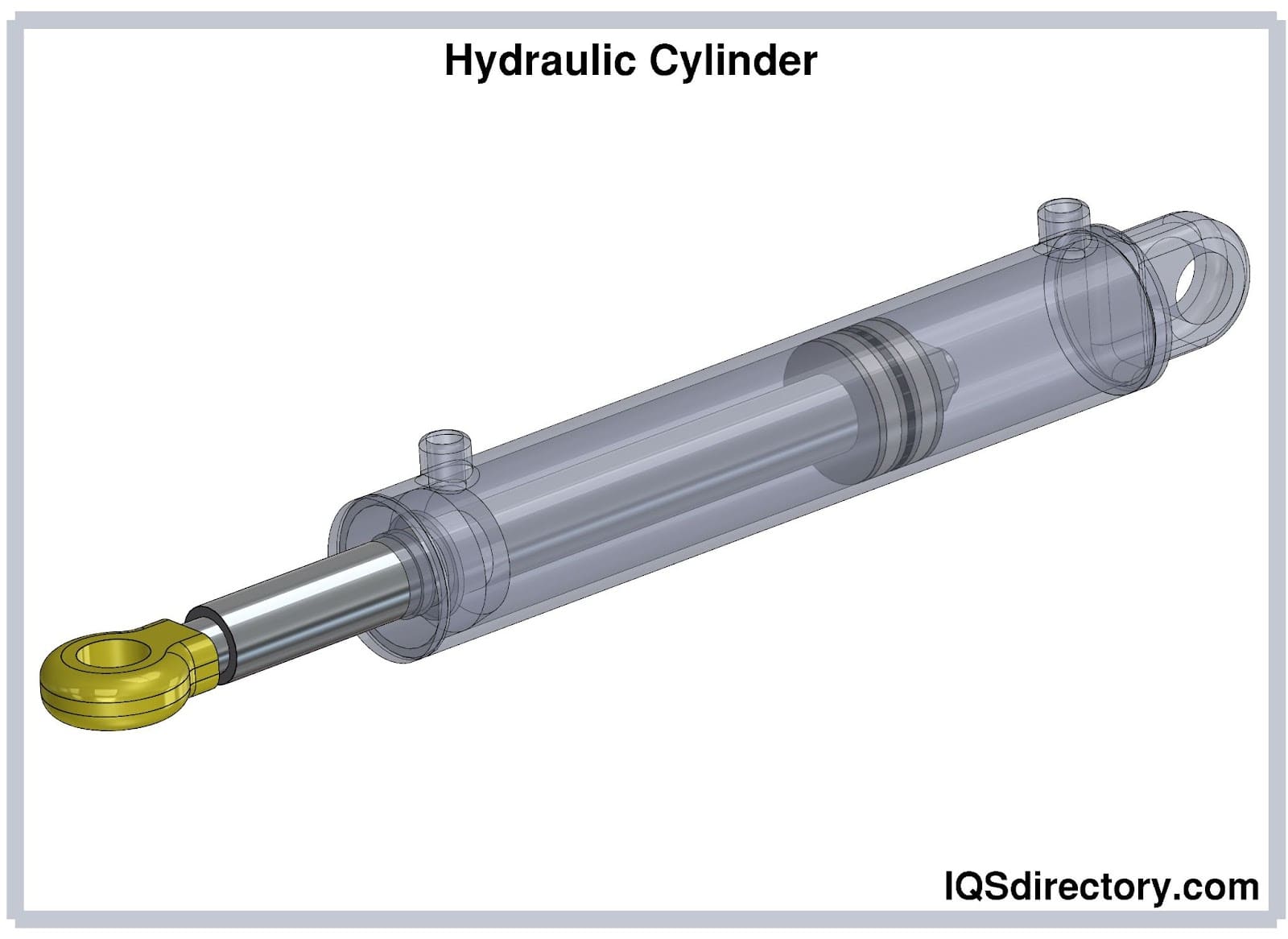
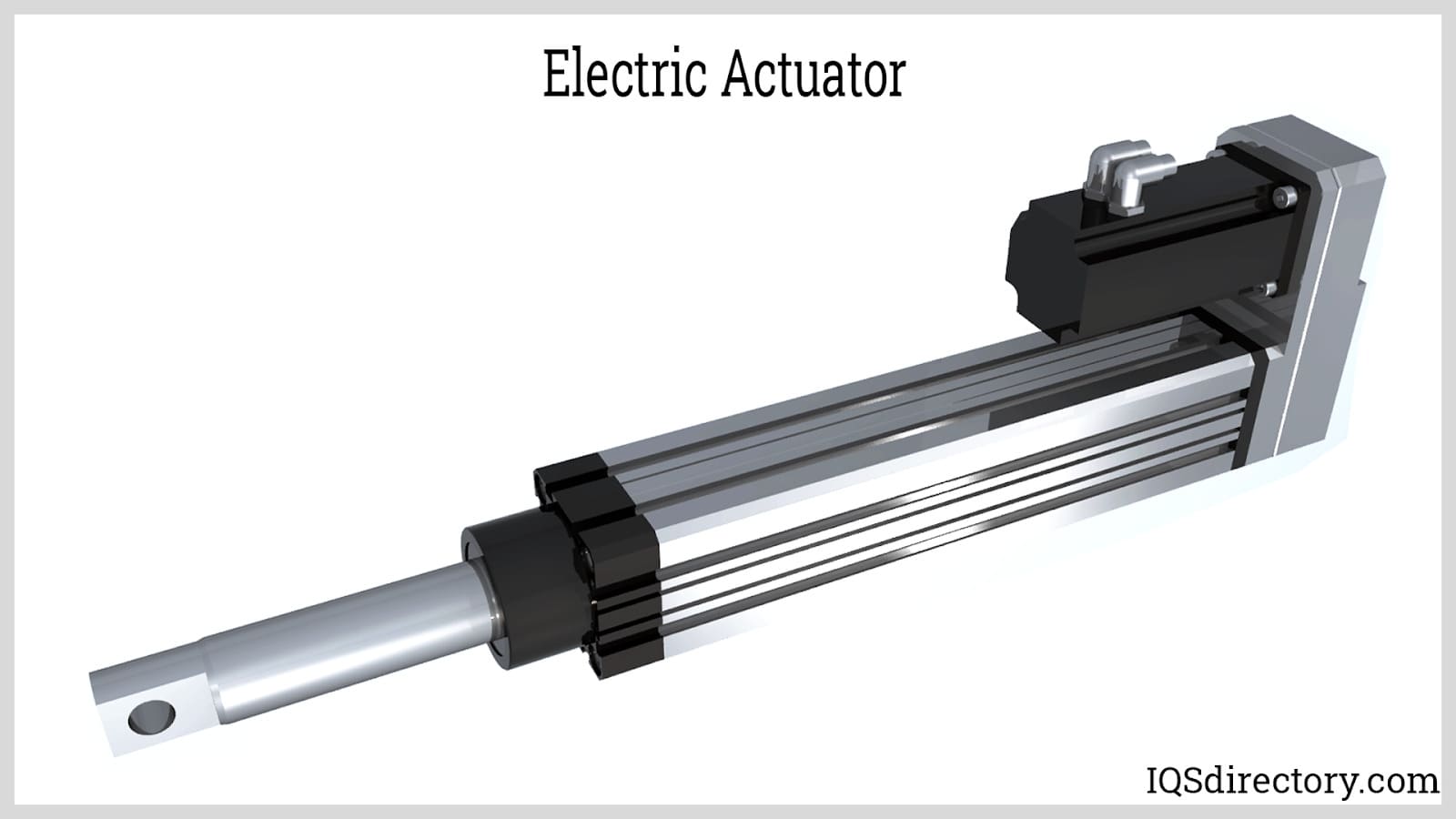
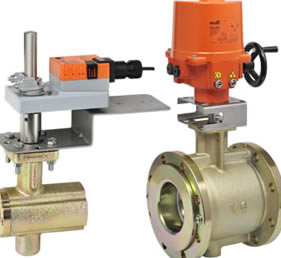 Ball Valves
Ball Valves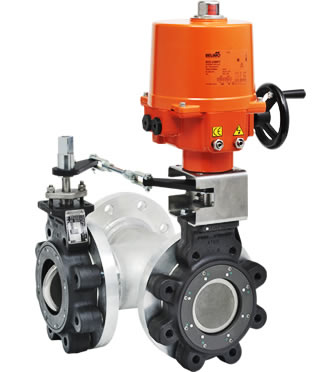 Butterfly Valves
Butterfly Valves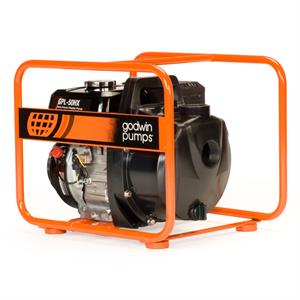 Centrifugal Pumps
Centrifugal Pumps Check Valves
Check Valves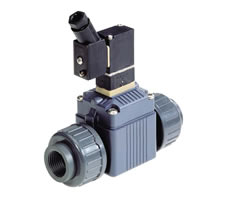 Diaphragm Valves
Diaphragm Valves Flow Meters
Flow Meters Hydraulic Pumps
Hydraulic Pumps Hydraulic Valves
Hydraulic Valves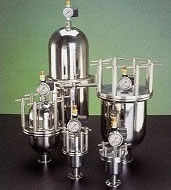 Metering Pumps
Metering Pumps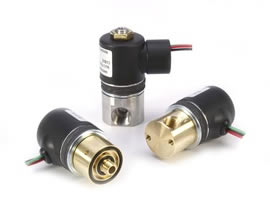 Solenoid Valves
Solenoid Valves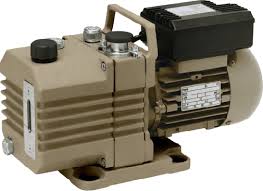 Vacuum Pumps
Vacuum Pumps Castings & Forgings
Castings & Forgings Bulk Material Handling
Bulk Material Handling Electrical & Electronic Components
Electrical & Electronic Components Flow Instrumentation
Flow Instrumentation Hardware
Hardware Material Handling Equipment
Material Handling Equipment Metal Cutting Services
Metal Cutting Services Metal Forming Services
Metal Forming Services Metal Suppliers
Metal Suppliers Motion Control Products
Motion Control Products Plant & Facility Equipment
Plant & Facility Equipment Plant & Facility Supplies
Plant & Facility Supplies Plastic Molding Processes
Plastic Molding Processes Pumps & Valves
Pumps & Valves Recycling Equipment
Recycling Equipment Rubber Products & Services
Rubber Products & Services